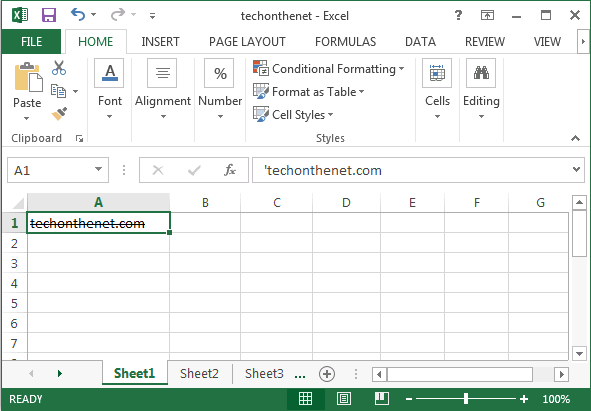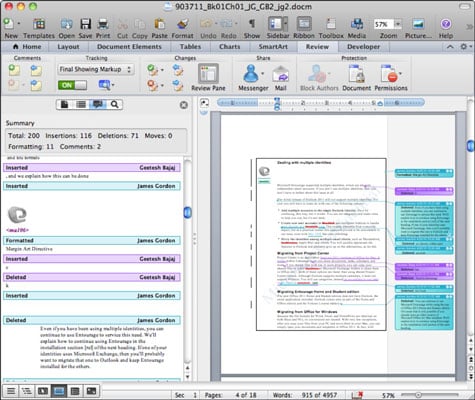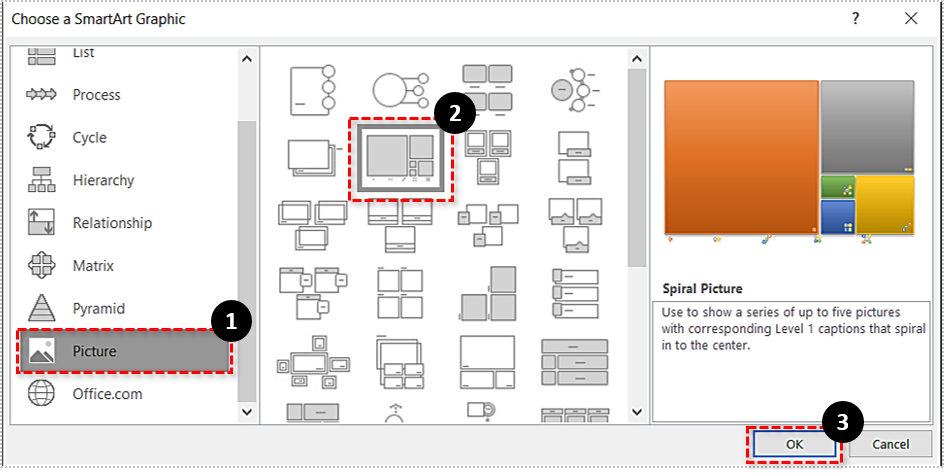

I started out by making an 8×10 inch rectangle (which is the final desired size that I wanted to print) – I left it shaded in blue, just so you could see that it’s actually there. (If you have an older version of PowerPoint, sorry, this won’t work.) In my opinion, this is a fantastic addition to PowerPoint 2010, and makes it much more powerful for home design use. Step 3: In PowerPoint 2010, you can create custom shapes by adding, subtracting, intersecting, or doing a union between two or more already existing shapes (here’s a tutorial, if you’re interested).

I know this sounds tedious, but it’s actually pretty easy and takes less than a minute for a simple shape like this. The red outline was the original Word Art “1” that I chose – the blue is then the part I’ve traced out so far. The picture below shows tracing the “1” in progress. FYI, you can easily edit the points after the fact if you don’t quite like how it turns out (but that’s for another tutorial). I basically just clicked every inch or so, making sure to place some extra points in the corners. Step 2: I then used the custom curve tool to trace the number 1 as close as I could to create a custom shape (you’ll see why in the next step). Step 1: Use Word Art to create a large number 1 (or any other number, depending on the milestone you’re celebrating!) that is to your liking.

It just made the most sense to my brain and with my PowerPoint skill set. Word of warning: there is probably a much easier way to do this, but this is just how I tackled the project. As an engineer, PowerPoint tends to be my weapon of choice, whether for engineering presentations or crafty home projects. Last week when I posted the photo collage I created for my husband for our first wedding anniversary (and for the Pinterest Challenge), I promised a follow-up tutorial with step-by-step instructions.


 0 kommentar(er)
0 kommentar(er)
